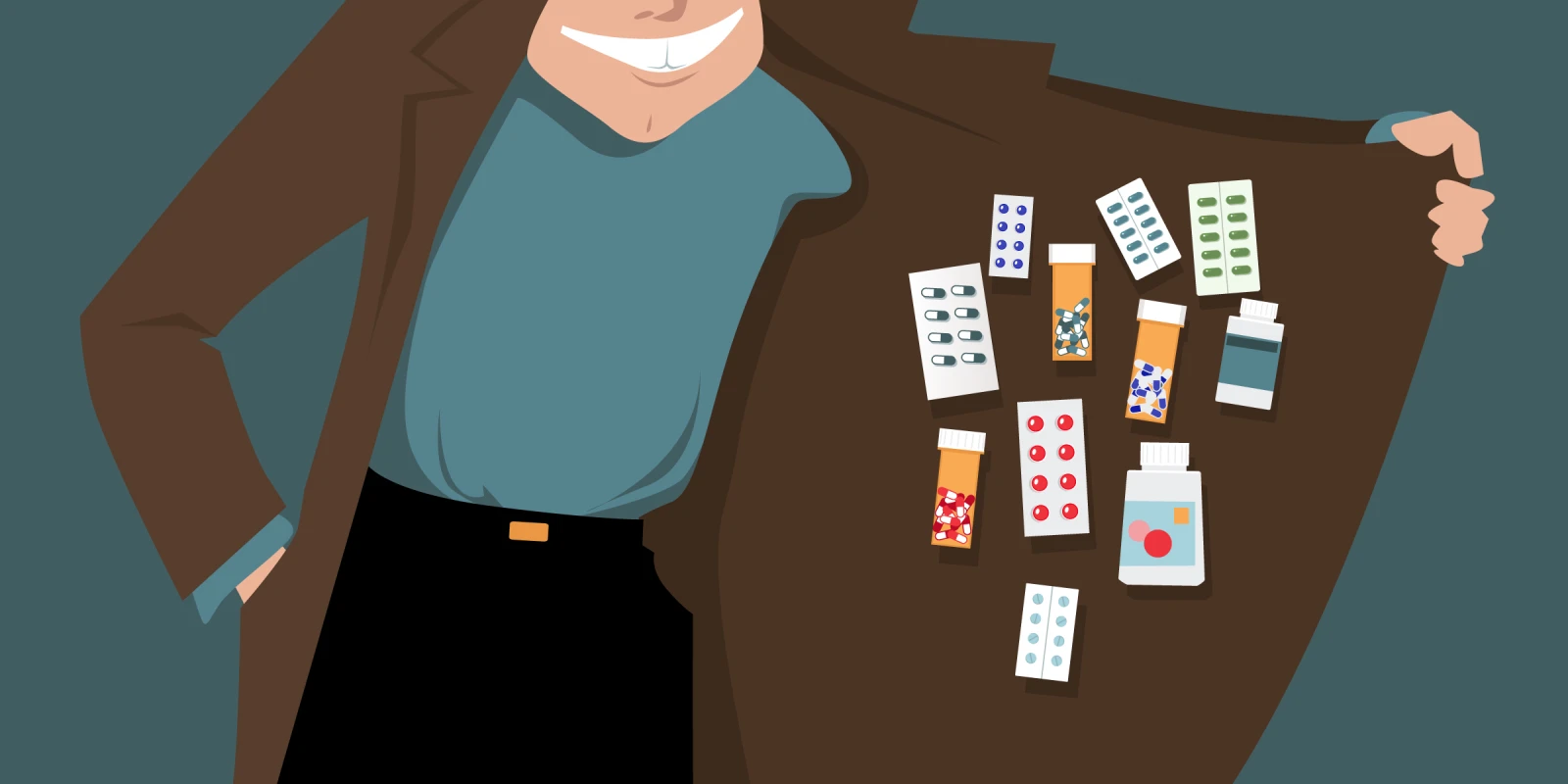Fake news. What examples come to mind when I mention that phrase? Are they polarizing headlines from partisan sources about recent political events? Or is it a post you scrolled past, confused about how the conclusions were drawn? Interestingly enough, fake news has been well-utilized throughout history, from pure entertainment (e.g., the infamous “War of the Worlds”) to more sinister motives (e.g., war propaganda). What is different about the present, however, is the nearly instantaneous speed of dissemination — Wall Street Journal articles are transmuted into bullet points on Reddit, which are further packaged into brief snapshots on TikTok.
Medical research, unfortunately, is not impermeable to fake news. In contrast to the more ambiguous nature of popular media, academic publishing is typically conducted to advance knowledge and safeguard health, which necessarily requires a rigorous peer review process. However, the process isn’t always foolproof, and misinformation remains an issue in the academic community, impacting patients and clinicians alike. When discrepancies or flaws are discovered, manuscripts are retracted in a withdrawal process initiated by the publisher, but notwithstanding retraction notices, many studies continue to be quoted by the public — and even cited by academicians after retraction.
I’ve witnessed this phenomenon firsthand. During a recent rotation, for example, I was chatting with a patient in the pre-op area. Mary, a 50-year-old female with rheumatoid arthritis, asked me what I thought about hydroxychloroquine, the poster child for controversy in 2020. She had heard from a friend about a study in The Lancet, which suggested that the malarial drug was associated with increased in-hospital mortality. Given that she was on the medication, Mary was understandably anxious about what study meant for her and whether she should stop taking hydroxychloroquine, despite testing negative for COVID-19. Because I had heard about the article’s retraction (it was blowing up my newsfeed), I was taken aback by Mary’s questions. I did not want to give her faulty information, and I was uncertain of the details, so I referred her back to her physician. Walking home, I found myself thinking that if it had not been for widespread coverage in the general news, I probably would not have known about the retraction either. It sparked a question: As clinicians, how can we know when articles are retracted, and what does that mean for our practice?
Enter Retraction Watch, the brainchild of Dr. Ivan Oransky and Adam Marcus. The website was started after Marcus broke the infamous Scott Reuben story, wherein an anesthesiologist (now dubbed medicine’s Bernie Madoff) was sentenced for health care fraud, and now serves as a watchdog for the scientific community. Written as a blog, Retraction Watch draws attention to recently retracted scientific articles while simultaneously boasting the world’s largest database of retractions.
The posts on Retraction Watch explore papers retracted for any number of reasons, ranging from questionable conclusions (e.g., an article in Nature concluding women in science are more successful when they have male mentors) to more bizarre claims (e.g., an article in Science of the Total Environment that claimed jade amulets may prevent COVID-19). As a medical student interested in clinical research, I enjoy poring over the posts with a steaming cup of tea, finding the material both fascinating and cautionary.
I recently had the pleasure of speaking with Retraction Watch co-founder Dr. Oransky, a psychiatrist turned journalist, who currently serves as the editor in chief of Spectrum and previously held positions with Medscape, Scientific American, and Reuters Health. A lifelong writer, Dr. Oranksy frequently draws on his journalism background and describes his work at Retraction Watch as “post-publication review.” Throughout his career, he has seen papers retracted for reasons running the gamut, from honest mistake to scientific misconduct to hijacking of the peer review process. While nearly two-thirds of retractions are attributed to misconduct (e.g., falsifying/manipulating data, plagiarism, failure to obtain IRB approval), determining the precise reason for any given retraction can be challenging, as journals may not disclose explicit details.
Similar to the influence of popular fake news, scientific misconduct is a hindrance to productivity at its best — and a danger at its worst. For patients, retracted articles may not only decrease public trust in science, but may also lead to potentially harmful behaviors premised on faulty conclusions. Going back to the pandemic: linking 5G to the coronavirus led conspiracy theorists to burn down cell towers in Europe. Retractions may also waste valuable resources in a competitive, taxpayer-funded environment. For clinicians, retractions are not always widely publicized, and papers may continue to be cited long after retraction. Even five years after retraction, 45% of Scott Reuben’s papers have been cited at least once, with only 25% acknowledging the retraction.
Critically assessing literature and staying up to date in an era of information overload is essential to providing the most accurate and appropriate information for patients. While Retraction Watch started with only a few monthly posts, the increasing rate of retractions has quickly overwhelmed the website’s ability to cover them all. Although retractions are fortunately rare (an estimated 0.05% of all articles), partly due to improved review policies and increased journal oversight, Dr. Oransky believes it’s promising that more people are discussing these issues as compared to a decade ago. For him, “Great journalism starts with trying to hold people and institutions accountable, but what’s been gratifying is taking the stories as far as possible to create change.” In our discussion, he graciously shared his top tips for assessing scientific research: (1) critically evaluate study design; (2) seek expert opinion and help; (3) remain well-read on the current literature.
In an infodemic, determining the validity and utility of an article is half the battle. Equally important is effectively distilling, communicating, and applying said conclusions to improve patient care. It is a unique but rewarding challenge to filter through the noise, and have open-minded conversations with patients and colleagues alike. As I continue in my education, I strive to be well-informed. Hopefully, I will be taken by surprise less and less often when patients like Mary ask me to comment on “uroptysis.”
How are you fighting fake news and medical misinformation in your clinical practice? Tell us in the comments.
Originally from Chicago, Beatrice is currently a fourth-year medical student at the University of Pennsylvania Perelman School of Medicine interested in applying into otolaryngology. As an avid painter and artist, she is interested in the intersection of art and medicine, particularly within the context of improving surgical care and patient education. Outside of medicine, she enjoys cooking, drawing, powerlifting, and trying new restaurants in Philly. Beatrice is a 2020–2021 Doximity Op-Med Fellow.
Image: Aleutie / shutterstock







